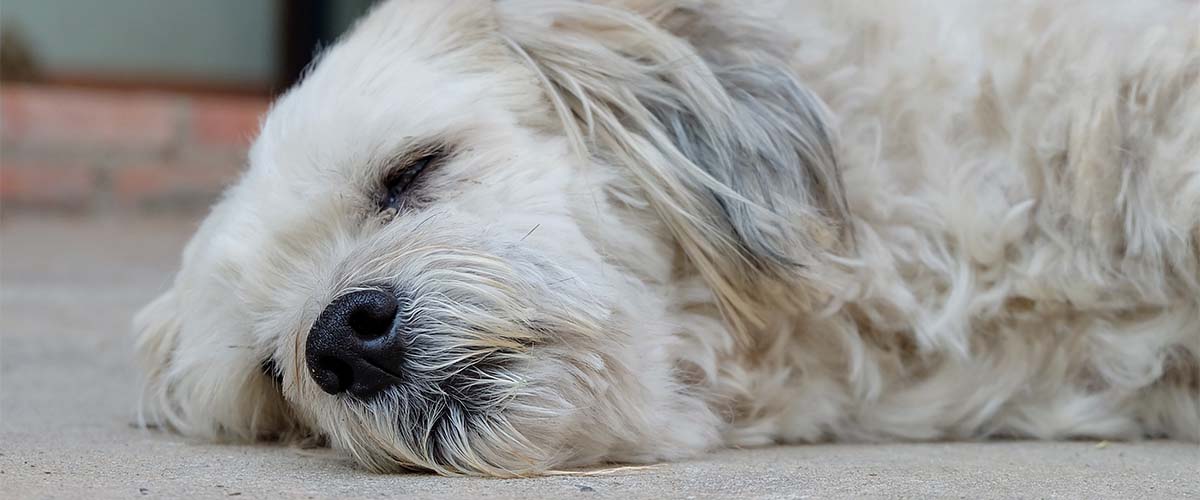How to safely move an injured pet
How to move an injured pet
1. Stay calm
- Reassure your pet with a calm, soothing voice.
2. Check safety
- You are no help to your pet if you are injured - make sure you are both safe. Is there traffic? Are there any other hazards? Could you get hurt?
3. Check your pet
- If your pet has obviously hurt their neck or back, hold them still until you have spoken to your vet.
- Be careful, if your pet is in pain they may bite or scratch - if necessary use a muzzle or towel to protect yourself.
- Carefully check for problems such as:
- Breathing difficulties
- Broken bones
- Wounds
- Heavy bleeding.
- Call your vet if you are concerned and don’t feel confident in moving your pet. Your vet will be able to give you advice and tell you what to do next and if necessary, might be able to send someone to help you.
4. Support your pet
- As a rough guide, if your pet weighs more than 15kg (33lbs), don’t try to lift them alone, call a friend, neighbour or someone nearby to help.
- Support their head, neck and back by putting one arm under their head and shoulders and another arm under their pelvis.
- Slowly and carefully, lift your pet on to a large towel, blanket or board. If nothing else is available, a jumper or coat can be used but make sure it’s strong enough to hold the full weight of your pet.
5. Move your pet
- Check the route is safe.
- Speak calmly and place a hand on your pet to reassure them.
- Hold the four corners of the blanket, board or towel, bend your knees and lift them.
- Walk slowly, don’t jolt them.
- If your pet is unconscious, struggling to breathe or has a serious injury, take them to the vet ASAP - if possible, phone on the way to check they are ready for your arrival.
Published: April 2020
Did you find this page useful?
Tell us more
Please note, our vets and nurses are unable to respond to questions via this form. If you are concerned about your pet’s health, please contact your vet directly.
Thank you for your feedback
Want to hear more about PDSA and get pet care tips from our vet experts?
Sign up to our e-newsletter
Written by vets and vet nurses. This advice is for UK pets only. Illustrations by Samantha Elmhurst.

